What are pronouns?
We are committed to being intentional in fostering diversity with equity and inclusion and rooting this in our decision-making through transformative DEI work. We are committed to evolving from “We do not discriminate” to “We are taking action to end disparities” by understanding and recognizing that pronouns are personal. Education plays a significant part in creating transformational work, and everyone can impact their working relationships with others. Knowing what pronouns are, why they matter, and how they can be used can change how we interact with others. We want all people to be respected and authentically belong here at CAAP. According to the Harvard Business Review workplaces who feel a high sense of belonging have 56% increase in job performance, a 50% drop in turnover risk, and a 75% reduction in sick days.
Why Pronouns Matter
Just like using a person's name can show respect for them, using their correct personal pronouns is a method to show respect and foster an inclusive environment. Like inventing a nickname for someone and using it against their will, guessing at someone's pronouns and referring to them using those pronouns can be insulting or even harassing if it is not how that person wishes to be known. The oppressive idea that intersex, transgender, nonbinary, and gender nonconforming people do not or should not exist may be implied by purposefully choosing to reject the pronouns someone has said they go by.
Gender Implication
Pronouns can be understood to infer a person's gender identification or an assumption based on how they may express themselves. This is known as the gender implication of pronouns. For instance, "He" refers to a man, and "She" refers to a woman. Many times, people use these pronouns without actually knowing a person's gender, presuming it instead from the way they express themselves. People often make assumptions about someone's pronouns based on their name, style, appearance, physical characteristics, or gender expression. Some pronouns are gender-neutral, such as "They," which has been accepted as a singular pronoun.
How to Use Personal Pronouns
Learning to find out or use pronouns in the workplace can be new for some people. Here are the best practices for using pronouns within the workplace if a person is unsure.
Ask a person how they would like to be addressed.
"What are your pronouns?"
Don't make assumptions.
We cannot always tell a person's gender based on appearance. "I did not want to assume your pronouns; would you mind if I ask."
Display pronouns in email signatures, zoom, and website bios. This can normalize the experience of knowing someone's pronouns and not leave it to transgender or nonbinary folks to explain or display their pronouns.
Make Pronouns displacement optional.
Not everyone feels comfortable telling people their pronouns. This should not be forced, and some people might not be out if they are trans or nonbinary within the workplace and go by different pronouns while working. Outing someone can lead to worse work environments for that person.
Allow someone to correct you.
If someone corrects you on using their pronouns, accept the correction and learn from your error. We all make mistakes.
When someone discloses their pronouns, they indicate the pronouns they like to be used in the third person singular when referring to them in conversation. When addressing yourself in the first person or another person when speaking to that same person, the singular pronouns remain the same. However, we have provided samples of the singular forms of the first, second, and third-person pronouns for your reference.
First-person singular pronouns (which you should keep using exactly as is):
"I am an artist, and I created that painting. Those are my own images. Do you like my art as well as me?
Second Singular pronouns (which you should keep using exactly as is):
"You are an artist who painted that work yourself. You own the images. I enjoy your work and you.
Third-person singular pronouns (that you should use as appropriate based on the pronouns the person being referred to goes by)
She/Her: She painted those pictures herself; she is an artist. She took those images. I like both her and her art.
He/His: He painted those pictures himself; he is an artist. Those images belong to him. I like both him and his art.
They/Them: They are an artist and made that painting themself. Those images are theirs. I like both them and their ideas." Please be aware that although "they" pronouns refer to a single person, the verb tenses are the same as when "they" is used in the plural (for example, "they are"). Also, both are generally acceptable; many use "themself" instead of "themselves" when using this singular pronoun combination.
Ze/Hir: "Ze are an artist and made that painting Hirself. Those images are hirs. I like both zir and zir ideas." Please be aware that "ze" and its forms are typically spoken with a long "e" and "hir" and its forms are usually pronounced like the word "here" in English. Due to the "ze/zir" pronouns' more standardized pronunciation and spelling, some people use them instead.
No Pronouns - Use My Name (example for someone whose name is "Jake" ): "Jake is an artist and made that painting. Those images are Jakes. I like both Jake and Jake's ideas." Let's say the reflexive element was crucial to conveying a message. If so, you might use different phrasing, such as "Jake made that painting without any help" or "Jake was the only painter of that image."
Resources
Pronouns: Resources — Pronouns.org Resources on Personal Pronouns
Pronouns: A Guide from GLSEN | GLSEN
Gender Pronouns final draft 10.23.17.pdf (nyc.gov)
Pronouns: A How-To - The Diversity Center (diversitycenterneo.org)


